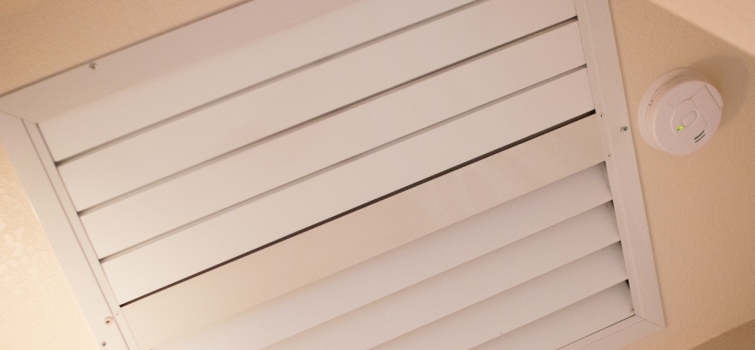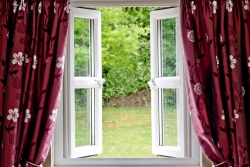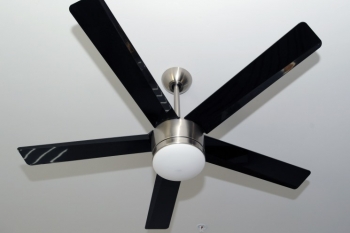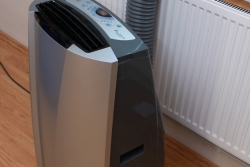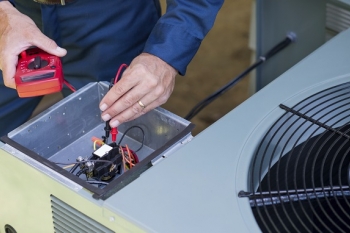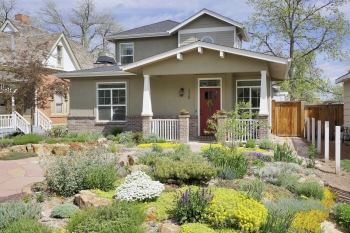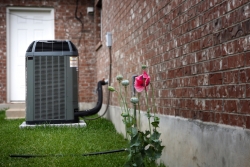Although your first thought for cooling may be air conditioning, there are many alternatives that provide cooling with less energy use. You might also consider fans, evaporative coolers, or heat pumps as your primary means of cooling. In addition, a combination of proper insulation, energy-efficient windows and doors, daylighting, shading, and ventilation will usually keep homes cool with a low amount of energy use in all but the hottest climates. Although ventilation is not an effective cooling strategy in hot, humid climates, the other approaches can significantly reduce the need to use air conditioning.
Featured
Understanding how your home and body heat up can help you stay cool.
Energy Department experts answer your home cooling questions -- from how to lower your cooling costs to ways to stay cool without turning on your air conditioner.
Natural ventilation is most effective in climates with cool nights and regular breezes.
Air conditioners work much like a refrigerator, transferring heat from the interior of your home to the outside.
In many parts of the country, well-placed fans are sufficient to maintain comfort during the cooling season.
In warm climates with low humidity, evaporative coolers can be a cost-effective cooling strategy.



